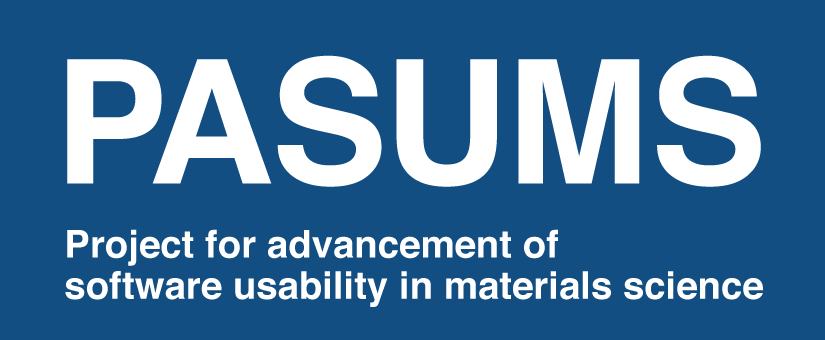Paper using HΦ
| 1 |
Finite-temperature crossover phenomenon in the S=1/2 antiferromagnetic Heisenberg model on the kagome latticeTokuro Shimokawa, Hikaru Kawamura (arXiv:1607.06205., J. Phys. Soc. Jpn. 85, 113702 (2016)) In this paper, the authors calculate the temperature dependence of the specific heat, entropy, and spin correlations for antiferromagnetic Heisenberg model on the kagome lattice. HΦ is used for checking the reliability of their finite-temperature calculations. |
|---|---|
| 2 |
Finite-Temperature Signatures of Spin Liquids in Frustrated Hubbard ModelTakahiro Misawa, Youhei Yamaji (arXiv:1608.09006) In this paper, the authors calculate the finite-temperature properties of the frustrated Hubbard model. They calculate the temperature dependence of the specific heat, entropy, and spin correlations around the region where the quantum spin liquids are expected to appear. Most of the calculations is done by using HΦ. |
| 3 |
Four-body correlation embedded in antisymmetrized geminal power wave functionAiri Kawasaki, Osamu Sugino (arXiv:1609.01438, The Journal of Chemical Physics 145, 244110 (2016)) In this paper, the authors extend the conventional two-body geminal wave functions to include the four-body correlations. By using HΦ, they examine the accuracy of the extended geminal wave functions up to 20 site Hubbard model. |
| 4 |
Liquid-Liquid Transition in Kitaev Magnets Driven by Spin FractionalizationJoji Nasu, Yasuyuki Kato, Junki Yoshitake, Yoshitomo Kamiya, Yukitoshi Motome (arXiv:1610.07343, Phys. Rev. Lett. 118,137203 (2017)) In this paper, the authors show that the quantum phase transition occurs between Kitaev spin liquid and bond nematic spin liquid by introducing the Ising interactions in the Kitaev model. HΦ is used for calculating the finite-temperature properties of the extended Kitaev model. |
For more papers, please see the citations of our paper.

